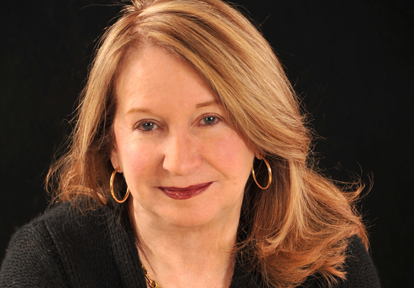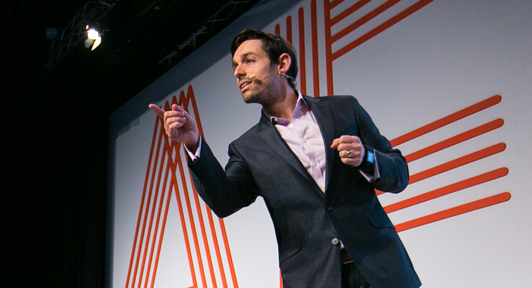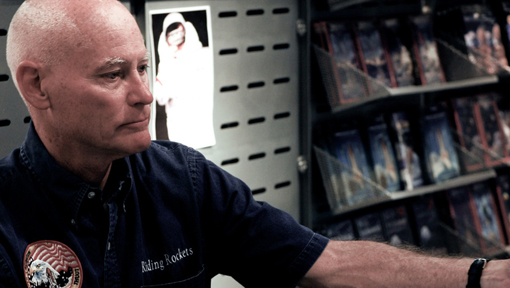
The Relationship Between Leaders and Followers, Barbara Kellerman
| Nearly every important “common belief about leadership” is “out-of-date.” | |
| |
 | What are some common beliefs about leadership that are “out-of-date”? |
 | Sad to say, nearly every important “common belief about leadership” is “out-of-date.” I refer particularly to the fixation on leaders at the expense of followers, that is, at the expense of everyone else. I refer as well to the obsession with developing good leaders, while ignoring virtually entirely the baleful effects of bad leaders.
“The leadership industry,” as I call it, has become an enormous money-making machine. This explains in good part why the industry has evolved as it has in the last forty years. It also explains in good part why there is nearly no hard evidence that the leadership industry has successfully invested in the common good. |
 | Why are followers becoming more important in the leadership system? |
 | The balance of power between leaders and followers has been changing perceptibly at least since the Enlightenment. Trace the trajectory of history and you will see how humankind has evolved from a system in which Great Men ruled the world to a system in which ordinary people insist on having a say, the most obvious example being liberal Western democracies.
In the last several decades this change has been further accelerated, not only by changes in the culture, but by changes in technology, which bestow on nearly everyone the capacity to secure information, forge connection, and indulge in expression. |
| As a general rule, the more rarified the follower the louder the voice. | |
| |
 | What roles do followers play in leadership and management? |
 | The answer to this question is… it depends! In some situations, in some organizations, followers, employees, participate to a large degree in everything from strategizing to day-to-day decision making. In other situations, other organizations, such participation is severely constrained.
In general, we speak of flatter hierarchies, hierarchies in which there is greater equity between those at the top and those at the bottom – or even a level playing field altogether. Yet there are numberless souls in the world of work to whom the notion of a flatter hierarchy is no more than fantasy. So… again, it depends. However, as a general rule, the more rarified the follower the louder the voice. |
 | What are the five types of followers? |
 | In my book, Followership, I argue that to figure out followers, it is critical that we somehow distinguish among them. I chose in the book to make distinctions based on level of engagement. Thus five types of followers, here briefly described:
|
| Leaders must now deal not only with state actors, but with non-state actors who constitute potentially formidable threats in every area of human endeavor. | |
| |
 | Your most recent book was entitled Hard Times: Leadership in America. What factors make being a leader today uniquely challenging as oppose to previous times? |
 | The book to which this question refers is all about context – the context that is this country, the United States of America, at this moment, the second decade of the twentieth century. It divides context into 24 different components, such as history and ideology, culture and class, money and technology, and politics and economics.
I am always loath to make historical comparisons. Surely Franklin Delano Roosevelt was president during “hard times.” However, there are components of context that make leadership now especially difficult. Here is an example: the international system. It presents leaders in every sector – for example, in government, business, education, the military – with new sorts of challenges. Above all perhaps, leaders must now deal not only with state actors, but with non-state actors, who constitute potentially formidable threats in every area of human endeavor. |
| Leadership is a system, not a person. | |
| |
 | What are the three most important things leaders need to understand about “followership”? |
 | Once again, the correct answer to this question is, “it depends.” Leadership is a system, not a person. This system has three parts: leaders, followers, and context. So, what matters most about followers will depend not only on the nature of the followers, but also on the nature of the leader and the context.
Still, to accommodate the question I’ll venture the following:
|
 | There seems to be so much gridlock in Washington D.C. today, a recent example being the Senate’s vow to block any Supreme Court judge nomination. To what extent are followers – meaning constituents - responsible for the discord we see in Washington and what steps can individual citizens take to move our government toward cooperation? |
 | I’m tempted to say the inmates have taken over the asylum… but I’ll refrain! Of course we the American people are responsible for what happens in the American political system – for good or ill.
It’s not only about the discord we see in Washington: it’s a national phenomenon, to witness the stunning success of Donald Drumpf in the Republican primary process. However, his success says less about him than it does about us, about changes in the American body politic that have enabled Drumpf so far to triumph. It’s comforting to think that “individual citizens” can “move our government toward cooperation.” Far be it from me to counter the idea that all of us can make a difference, but, let’s not kid ourselves. The world has changed – and there’s no going back to what was. |
 | Based on his/her public record, which presidential candidate(s) do you think would be an effective leader and president? |
 | I do not venture my own opinion on such matters. But, I applaud the way the question is framed. A leader’s past performance is an excellent way of predicting future performance. |
| Less than 5% of CEOs of Fortune 500 companies are women. | |
| |
 | Although women make up 51% of the U.S. population, they are vastly underrepresented in elected offices. In fact the U.S. ranks 98th in the world for percentage of women in its national legislature. Why are women still so underrepresented in U.S. political offices and what can be done to close that gap? |
 | In the private sector the situation is even worse! Less than 5% of CEOs of Fortune 500 companies are women. Suffice it to say here that for all the many books on women and leadership, some number of which are actually instructive, the subject has not yet been properly plumbed.
I would suggest the Scandinavian countries as a reference point. They have in place many family friendly public policies that other countries, including the US, can only dream about. Yet still, the numbers of women at the top, yes, even in Scandinavia, especially in business, are not much higher than ours. In short, there’s something going on here that remains evasive. (For an indication of what I think it is, see my blogs on the subject, one, for example, titled “Leadership and Lactation.") |
 | Could you tell us about the new book you’re working on? |
 | Not yet. It’s a bit early. What I will say though is this: once again I bite the hand that feeds me!
================================================================ |















